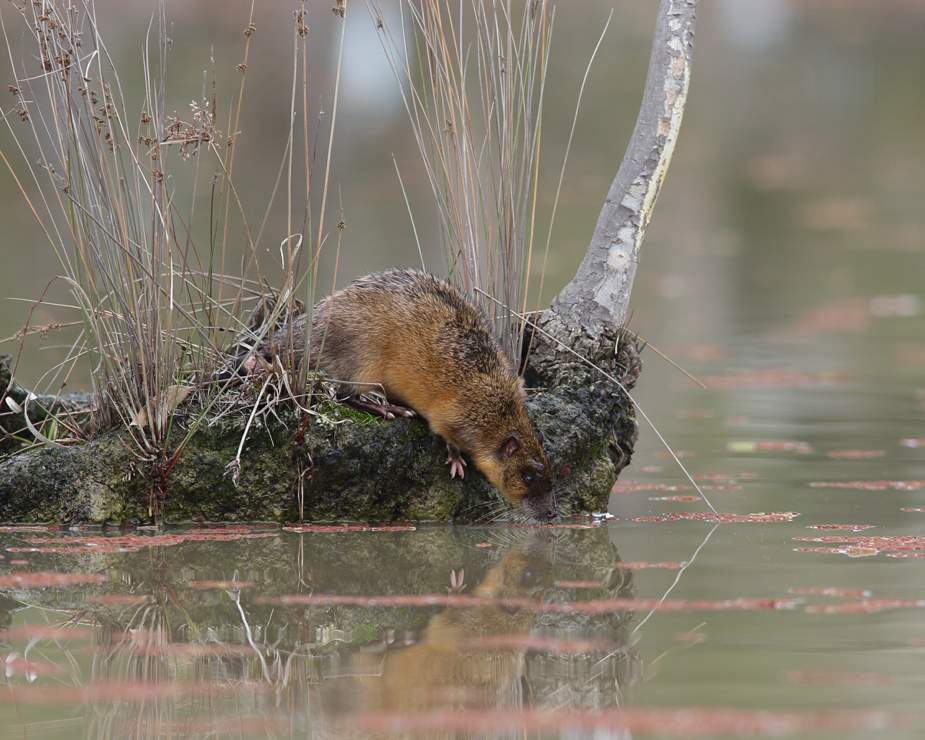The July Catchment Critter of the Month is the Rakali (Hydromys chrysogaster), as part of the Goulburn Broken Catchment Management Authority’s (CMA) Our Catchments Our Communities Taking Care of Country project, funded by the Victorian Government.
Goulburn Broken CMA project officer Janice Mentiplay-Smith said not all native Australian mammals have a pouch - some are placental (non-pouched) terrestrial mammals, represented by rodents and bats.
“The native rodent found in the Goulburn Broken catchment is the Rakali, once known as the Water Rat,” Ms Mentiplay-Smith said.
“To alter perceptions and the negative connotation associated with rats, the Australian Nature Conservation Agency recommended the name be changed to that used by the Ngarrindjeri aboriginal people in the Lower Murray River and Coorong region of South Australia - Rakali.”
The Rakali is a busy, semi-aquatic rodent. Weighing up to one kilogram, it is the largest native rodent in Australia. It is mostly nocturnal and lives in burrows along the banks of water bodies.
At first glance the Rakali may be mistaken for a European rat, however its distinctive, white-tipped tail and ease of movement in its aquatic environment declares its true identity. Dining on a varied menu of insects, fish, yabbies, mussels, snails, frogs, eggs and small birds means the Rakali depends upon healthy waterways.
“Once hunted for its soft fur, the Rakali was also considered a pest due to alleged damage it caused to irrigation channels and fishing nets,” Ms Mentiplay-Smith said.
“Due to its targeted destruction, populations plummeted, but have somewhat rebounded since hunting permits ceased to be issued by the 1960s.
“Unhindered, the Rakali lives for three to four years and has a low reproduction rate, with just two to four pups born between spring and summer. Drought, floods and waterway and habitat degradation can be catastrophic for the Rakali population. Therefore, it’s vital we maintain or increase the health of our waterways.”
Read more about the Rakali and other mammal species in the Goulburn Broken catchment in The Mammal Book a 58-page booklet featuring beautiful photos and informative text. To view a copy, visit The Mammal Book - GB CMA - Goulburn Broken CMA

The Rakali is a native rodent found in Goulburn Broken catchment waterways. Photo: Roy Peachey.